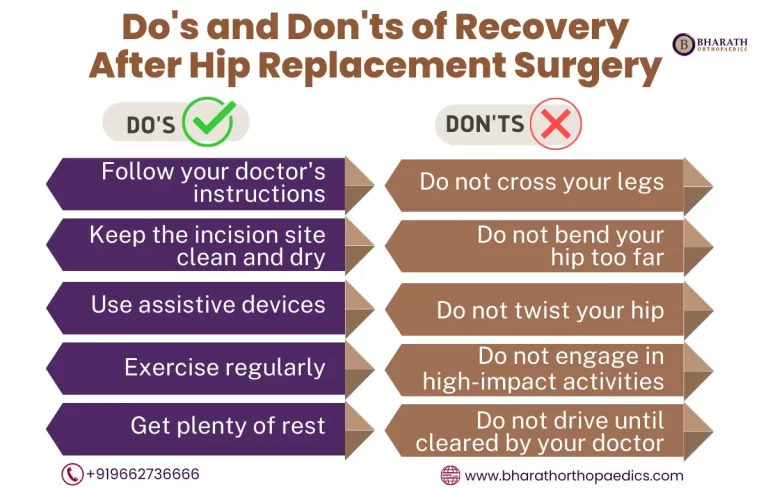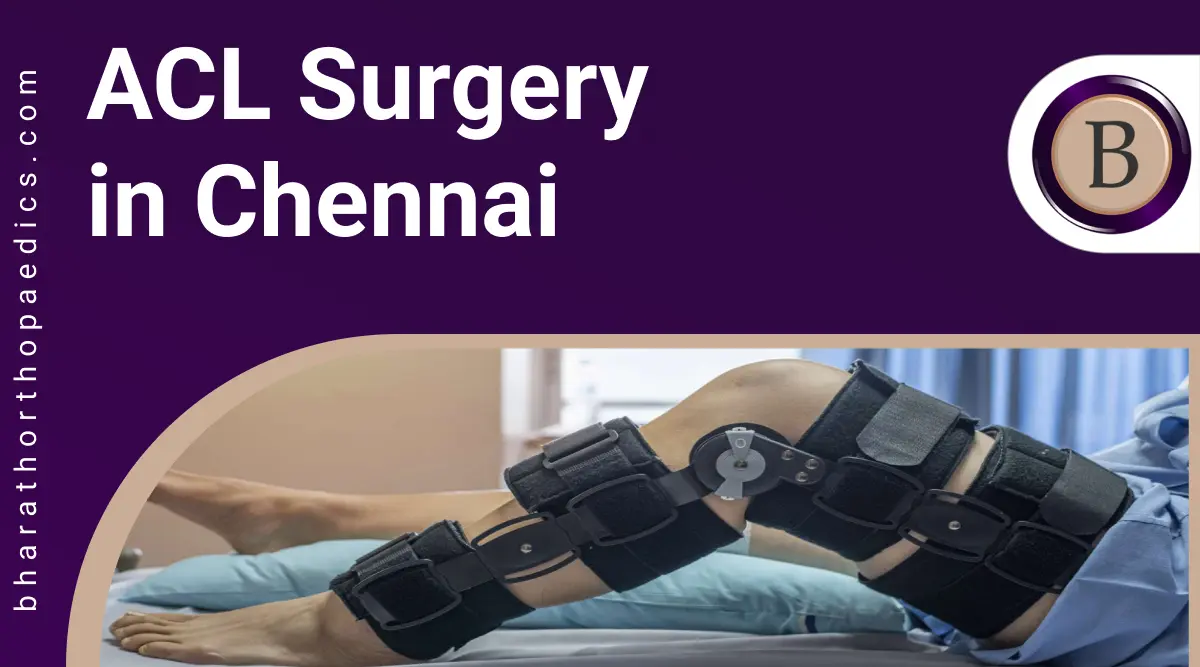Hip replacement surgery is a life-changing procedure for many individuals who have suffered from hip pain and mobility issues. While the surgery itself can greatly improve quality of life, there may be a need for recovery from hip replacement that can be quite challenging. Falls after hip replacement surgery can lead to serious complications, such as reinjury or even a need for revision surgery.
In this blog, we will discuss the risk of falls after hip replacement surgery, the precautions you can take to prevent falls, and the importance of following your doctor’s instructions during the recovery process.
Understanding the Risk of Falls after Recovery from Hip Replacement
According to recent studies, falls are a common occurrence after hip replacement surgery, with the risk of falls being higher in the first three to six months after the procedure. The increased risk of falls can be attributed to factors such as weakened muscles, changes in gait, and the use of pain medication. A fall after hip replacement surgery can lead to serious consequences, including hip dislocation, implant failure, and even revision surgery.
Precautions to Prevent Falls
To reduce the risk of falls, it’s important to take the necessary precautions. Some of the measures of recovery from hip replacement include:
Follow Weight-Bearing Guidelines
Adhere to the weight-bearing restrictions provided by your surgeon or physical therapist. Initially, you may be advised to avoid putting full weight on your operated leg. Gradually progress as instructed to prevent falls and ensure proper healing.
Use Assistive Devices
Utilise assistive devices, such as crutches, walkers, or canes, as recommended by your healthcare team. These aids provide stability and support while walking, reducing the risk of falls during the early stages of recovery.

Modify Your Home Environment
For recovery from hip replacement, make necessary modifications at home to create a safe environment:
- Remove tripping hazards like loose rugs, clutter, and cables from pathways.
- Ensure good lighting in all areas, especially hallways, staircases, and bathrooms.
- Keep frequently used items within easy reach to avoid excessive bending or reaching.
Wear Proper Footwear
Choose footwear that provides good support and traction. Opt for shoes with non-slip soles and a secure fit to help maintain stability while walking.
Take Precautions on Wet or Slippery Surfaces
Be cautious when walking on wet or slippery surfaces. Use rugs or mats with non-slip backing to absorb moisture and prevent slipping.
Maintain a Clutter-Free Environment
Keep your living space organized and free from clutter. This reduces tripping and falling.
Slow and Steady Movements
Take your time when getting up from a seated position or transitioning between positions. Avoid sudden movements or rushing, as it can compromise balance and stability.
Stay Active and Engage in Physical Therapy
Follow your prescribed exercise and physical therapy program. Regular exercise helps improve strength, flexibility, and balance, reducing the risk of falls. Consult your physical therapist regarding exercises for recovery from hip replacement that are safe and suitable for your recovery.
Be Mindful of Medications
Certain medications can cause dizziness, drowsiness, or affect balance. Follow your healthcare provider’s instructions regarding medication usage, and discuss any concerns or side effects with them.
Stay Hydrated
Dehydration can lead to dizziness and light-headedness, increasing the risk of falls. Drink more water throughout the day to maintain hydration.
Be Cautious in New Environments
When visiting unfamiliar places or navigating unfamiliar terrain, be extra cautious. Pay attention to potential hazards and take necessary precautions to ensure your safety.
Importance of following the doctor’s instructions
Following the doctor’s instructions is crucial for several reasons.
Firstly, doctors have extensive medical knowledge and experience, and their instructions are based on best practices and evidence-based guidelines. They are familiar with the specific details of your condition, surgical procedure, and individual health factors, allowing them to provide personalized care. By adhering to their instructions, you can benefit from their expertise and optimize your recovery from a hip replacement.
Secondly, following the doctor’s instructions ensures optimal healing and recovery. Their guidance is designed to promote proper wound healing, reduce the risk of complications, and facilitate a successful outcome. By following their advice on medication usage, wound care, physical activity, and lifestyle modifications, you create an environment that supports your body’s healing process.
Thirdly, after a hip replacement surgery, there are potential risks such as infection, blood clots, implant dislocation, or delayed healing. Doctors provide instructions to minimize these risks, including steps to prevent infections, guidelines for mobility and weight-bearing, and recommendations for monitoring and managing potential complications. Adhering to these instructions reduces the likelihood of experiencing complications and can lead to a smoother recovery from a hip replacement.
Moreover, following the doctor’s instructions fosters effective communication and monitoring. By adhering to their guidance, you establish a partnership with your healthcare team, allowing them to closely monitor your progress, address any concerns promptly, and make necessary adjustments to your treatment plan if needed. This ensures that you receive timely and appropriate care throughout your hip replacement surgery recovery time.
Conclusion
To conclude, the time of recovery from hip replacement procedures can be challenging, but by taking the necessary precautions to prevent falls, you can greatly improve your chances of a successful recovery.
Read also Best Spine Surgeon in Chennai.





